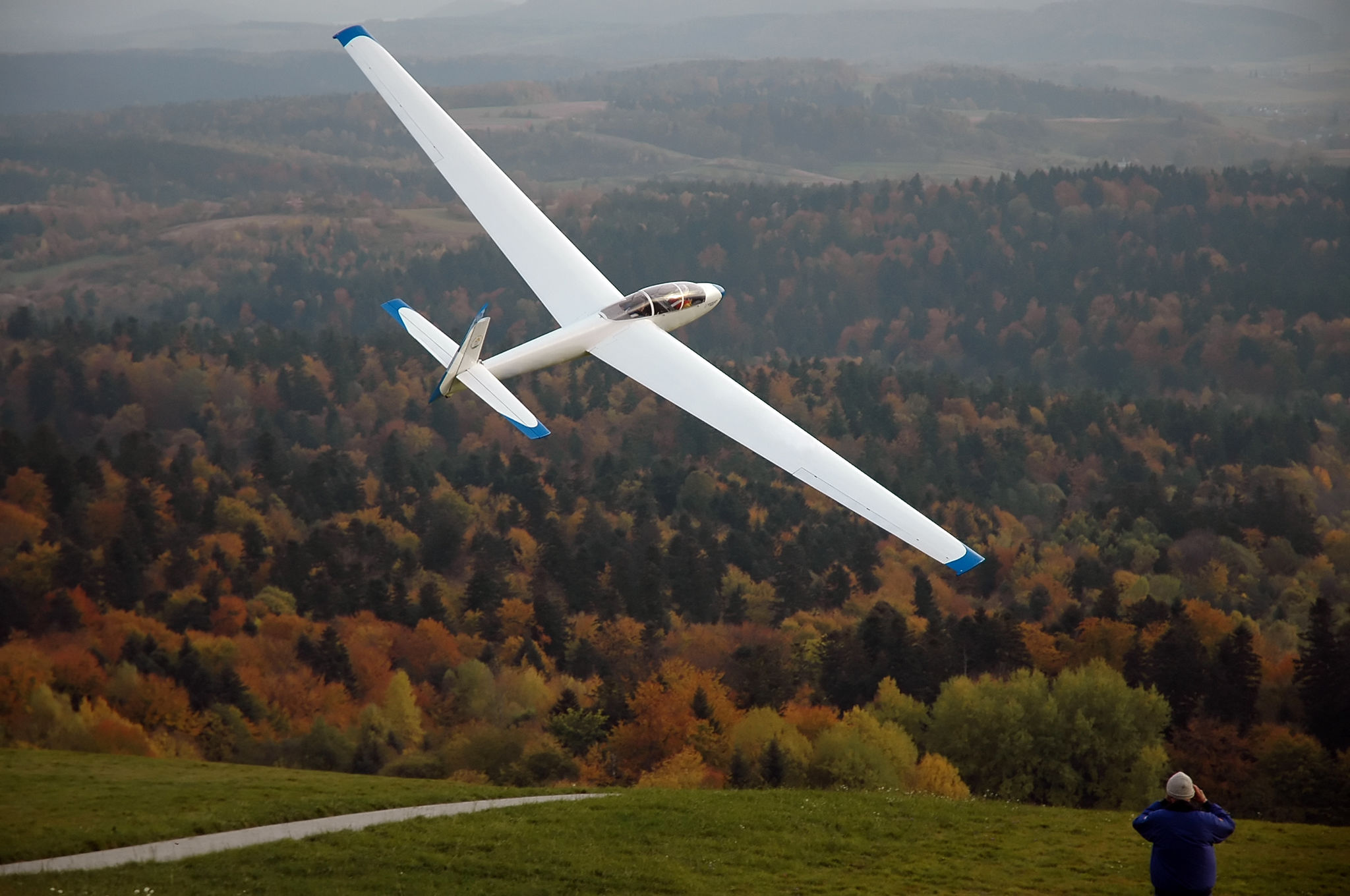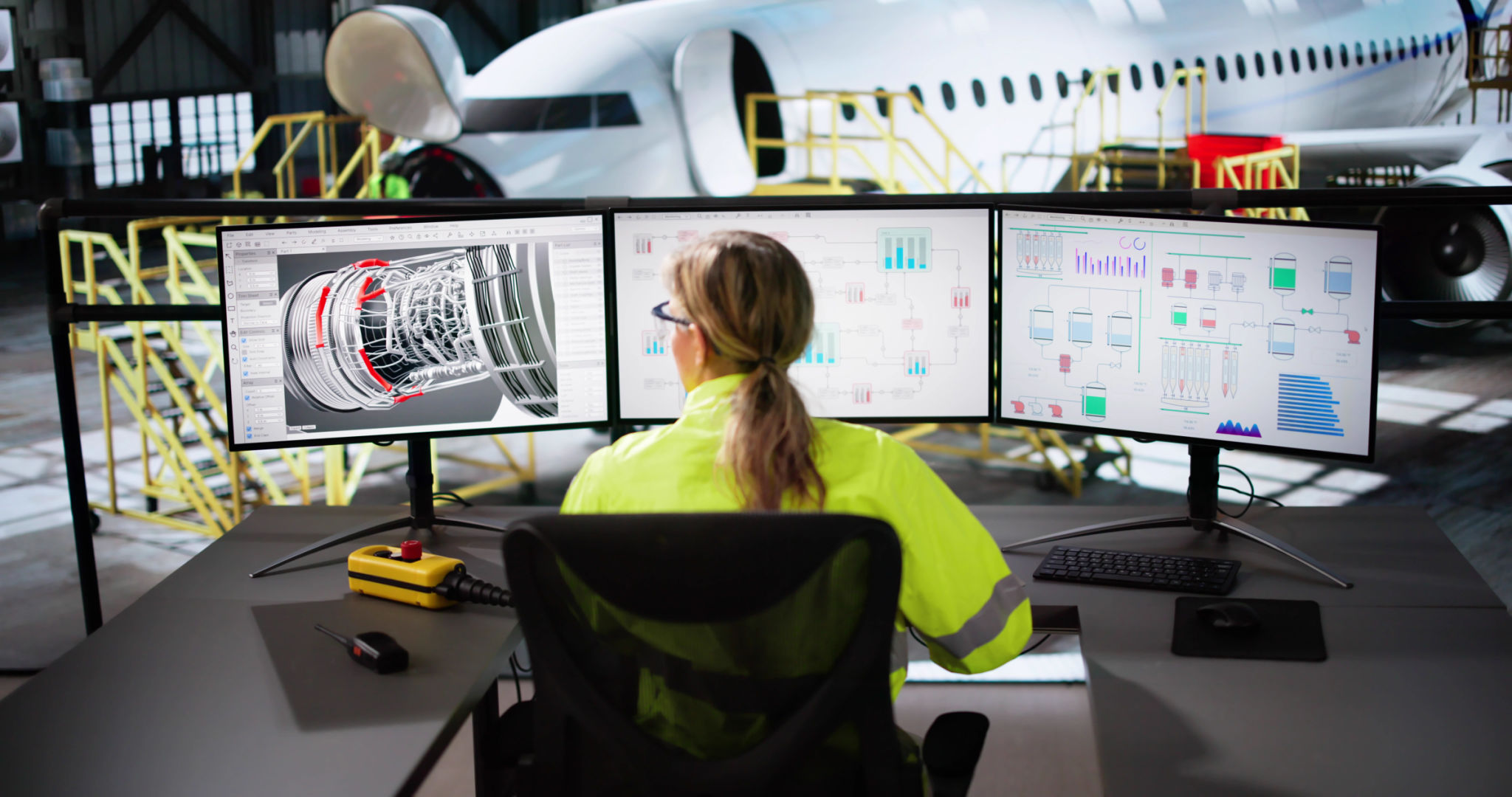Myth-Busting Common Misconceptions About Aviation Technology
Introduction to Aviation Technology Misconceptions
Aviation technology is a field filled with innovation and complexity, yet it is often misunderstood by the general public. These misconceptions can lead to unnecessary fear or skepticism about flying. In this blog post, we aim to debunk some of the most common myths surrounding aviation technology.
Myth 1: Airplanes Can Glide to Safety Without Engines
One widespread belief is that if an airplane's engines fail, it will simply glide safely to the ground. While aircraft are designed to glide without engine power, this does not guarantee a safe landing. The success of such an event depends on various factors, including altitude, weather conditions, and proximity to a suitable landing area.

The Role of Pilots
Pilots undergo rigorous training to handle engine failures and other emergencies, employing techniques like glide ratios and emergency landing procedures. It's important to remember that the primary goal is to maintain control of the aircraft and prioritize passenger safety.
Myth 2: Airplanes Are Easily Affected by Turbulence
Another common misconception is that turbulence can easily cause an airplane to crash. While turbulence can be unsettling, airplanes are engineered to withstand significant stress and are rarely threatened by turbulent conditions.
Understanding Turbulence
Turbulence is a natural phenomenon caused by irregular air movements. Aircraft are built with strong materials and undergo extensive testing to ensure they can handle these forces. Pilots are also trained to navigate turbulence safely, often adjusting altitude or speed as needed.

Myth 3: Modern Aircraft Are Flown Entirely by Autopilot
Many people believe that modern aircraft are flown entirely by autopilot systems, rendering pilots obsolete. This is far from the truth. While autopilot systems assist with certain tasks, pilots remain in control during critical phases of flight such as takeoff and landing.
The Human Element in Aviation
Autopilot systems are designed to reduce pilot workload and enhance safety, but human oversight is crucial. Pilots constantly monitor the aircraft's systems and are ready to take manual control whenever necessary.
Myth 4: New Technology Makes Older Planes Unsafe
Some people worry that older airplanes are unsafe compared to newer models. However, older aircraft undergo regular maintenance and upgrades to ensure they meet current safety standards.

Maintenance Protocols
Aviation authorities mandate strict maintenance schedules for all aircraft. These protocols ensure that even older planes are equipped with the latest safety features and technologies. Airlines invest heavily in maintaining their fleets to provide a safe flying experience for passengers.
Conclusion
Aviation technology is a marvel of modern engineering, constantly evolving to enhance safety and efficiency. By understanding the realities behind these common myths, passengers can feel more confident and informed about the technology that powers air travel. Knowledge is key to dispelling fear and appreciating the incredible advancements in aviation technology.
